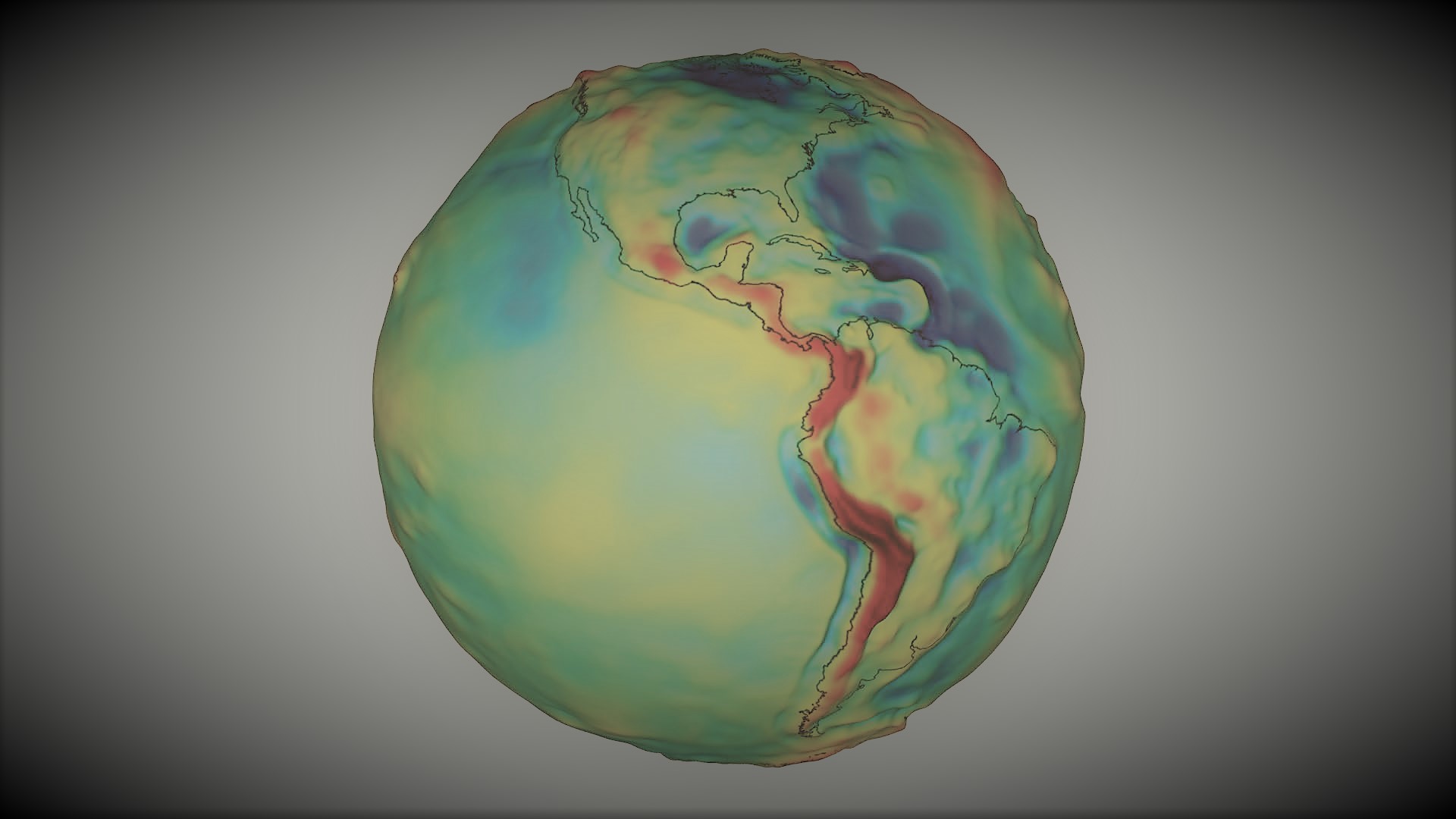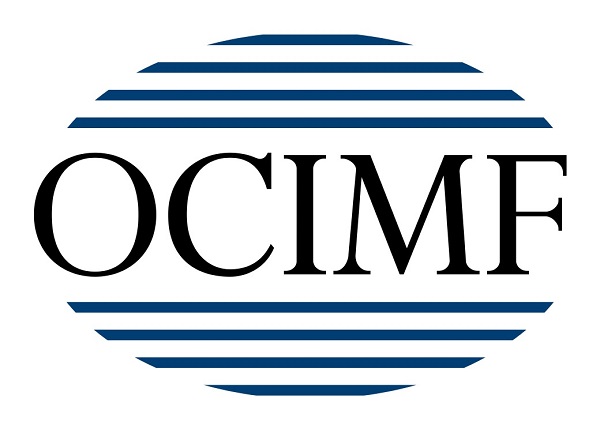It won't happen for a few years yet, but quantum sensors could well change the way ships fix their positions. Brian Dixon takes a leap into quantum navigation to see where shippng may be heading int he future.
Satellites may have revolutionised maritime navigation, but they are far from perfect. After all, as previously detailed, they are relatively easy to hack, hijack and spoof, as well as being susceptible to adverse cosmic conditions. And while these factors have many potentially serious implications today, their ramifications ramp up radically when viewed in the context of autonomous shipping.
To counter this, tomorrow’s ship designers could go down the self-driving car route, decking out vessels with an array of cameras, radars and lidars to navigate via a form of virtual vision. However, while this might work for some inland, coastal and short sea routes, such an approach has clear limitations when it comes to the featureless expanse of the open ocean.
They might also be tempted to make use of inertial navigation systems that calculate position through a series of accelerometers and gyroscopes. These, though, are subject to drift, meaning they are only accurate for a matter of minutes before requiring recalibration from an external (typically satellite-based) source, making them unsuitable for ships set to be at sea for weeks if not months.
A suitable solution could, however, lie with the development of quantum sensors, which exploit the possibility to put quantum particles into a state of superposition, viz the ability for such particles to be in two places or two different energy states at once.
Gravity map

Unsurprisingly, the physics behind theses sensors is somewhat arcane to say the least. Nevertheless, such devices, explains Prof Kai Bongs of Birmingham University and principle investigator with the UK Quantum Technology Hub Sensors and Timing, are able to provide extremely precise measurements as they are highly sensitive to environmental factors.
One such environmental factor is gravity, which subtly varies around the planet depending on geographically-specific criteria, such as geology. Consequently, such quantum devices in the guise of a gravity gradiometer could potentially be used to plot a vessel’s position by measuring such fluctuations and matching them to a gravity map of the globe.
“If you have a map of the gravity gradients in different positions around the Earth, you can match your trace and find your position in absolute terms with relatively high accuracy,” Bongs says, revealing that simulations suggest that such a technique could well be accurate to around the 10-metre mark. As such, this is something that the Hub is “very keen to explore and make practical”.
You can learn about gravity maps at theNASA Visualisation Explorer.
Getting to go
Unfortunately, that’s where things get tricky, given that to achieve the necessary superposition, a vapour of atoms first needs to be supercooled with laser light prior to being put through a variety of sensitive components, such as a vacuum chamber and the like. What’s more, for this cold atom approach to be effective, the quantum particles in question need to be continually shielded from unwanted outside influences, including knocks and shocks to the equipment.
Doing this is difficult enough in a dedicated land-based laboratory, let alone onboard a commercial vessel in the middle of a typhoon. Nevertheless, while Bongs is well aware of the challenges ahead, he remains unfazed, revealing that the Hub’s scientists are already testing a possible system outside the lab.
“We are learning how to make the sensor robust enough to work when you have temperature changes, magnetic field changes and when you have wind rattling on it,” he says. “The next big learning aspect will be how to make it work when it’s on a moving platform.”
To achieve this, various possible answers present themselves, including the use of gimble mounts and inertia platforms. Moreover, it seems likely that any future cold atom systems will also employ a number of other technologies, with the Hub currently investigating ways to marry up micro electro-mechanical system (MEMS) technology akin to that developed for the seismometers used by NASA’s InSight mission to study the interior of Mars. Should this prove successful, the result, Bongs says, would be “an overall hybrid system which works with the utmost precision but high enough bandwidth to survive on moving platforms”.
Admittedly it is still early days, but with the Hub last year gaining government funding of around £23.5m for this and a number of other projects, Bongs reports that he is “very, very happy” with how the research is advancing. Anyone wanting to get their hands on a finished product, though, should perhaps not hold their breath: while the first tests on moving trains should happen within the next two years, the first maritime trials will probably not take place until 2024 at the earliest.
Falling price tag
As for the first commercially available systems, Bongs envisages them entering service with early adopters and military users within a timeframe of 10-15 years. Far from cheap, they will likely command price tags of around £200,000 per unit, although this should drop as the technology and market matures. “I hope that in 20 to 30 years we might have things that instead of being washing-machine sized are shoebox sized and maybe a few £10,000 instead of a few £100,000,” he says.
To this end, Bongs expects this quantum technology to follow a similar trajectory to that of the satellite navigation systems it may eventually replace. “Early ones filled a car boot and were only affordable for the defence community,” he observes. “Nowadays everyone has one in their phone.”

































